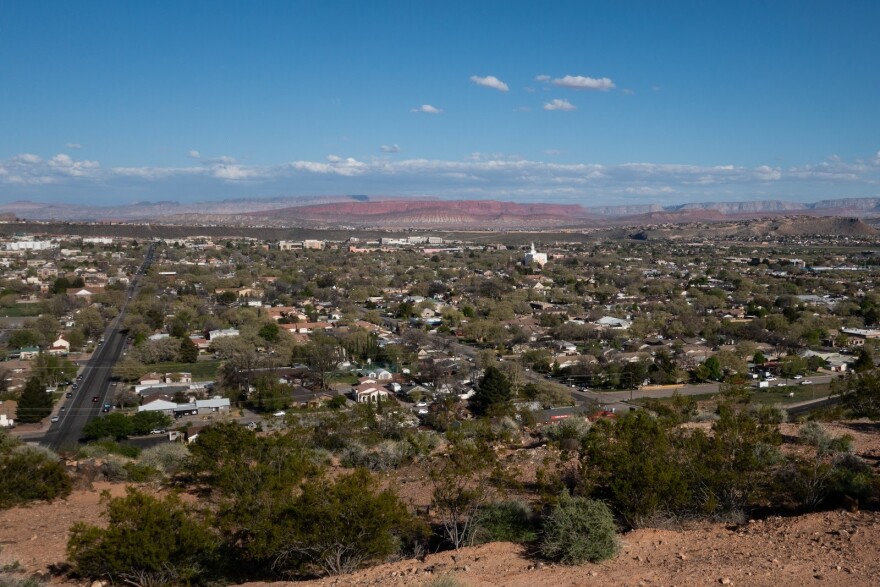Utah’s population has continued its steady growth from July 2019 to July 2020 thanks to more people moving here.
The Wasatch Front and the Southwest corner of Utah continue to be the fastest growing areas of the state, according to findings from Kem C. Gardner Policy Institute’s annual report released Thursday.
It’s compiled from population numbers from the 2010 census. Estimated population change is based on data from school enrollment, church records and building permits. Overall, the state’s population grew by almost 53,000 people and it’s up 1.64%.
Washington County’s population had the highest increase at just over 4%. It’s also one of the counties with the highest net migration, according to Emily Harris, a demographer at the Gardner Institute.
“Ninety-one percent of their growth is due to people moving in,” Harris said. “That can be people moving from other counties within Utah. And it can also be people moving from other states as well.”

Migration increased overall this year in Utah. But these patterns ebb and flow much more than natural increase, which is determined by birth rates and deaths. The data was collected before and during the pandemic and the full impact of it on migration is yet to be seen, Harris said.
“It's really, really hard to know what are permanent moves rather than just temporary moves,” she said. “We've heard a lot about people moving for a few months, and then when things go back to normal, they anticipate moving back to where they came from.”
People moving to Utah now account for almost half of the state’s growth as birth rates continue to decline — they reached their lowest levels since 1999. This was also the first year Utah County outpaced Salt Lake County in natural increase in recorded history, according to the report.





